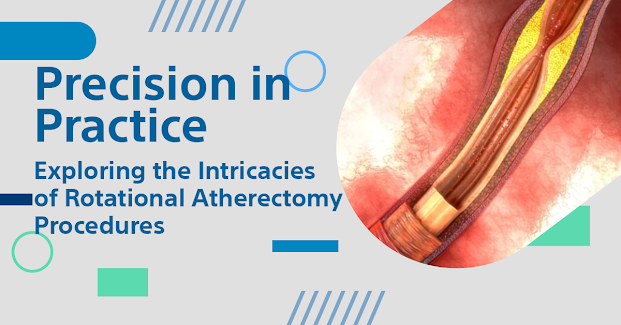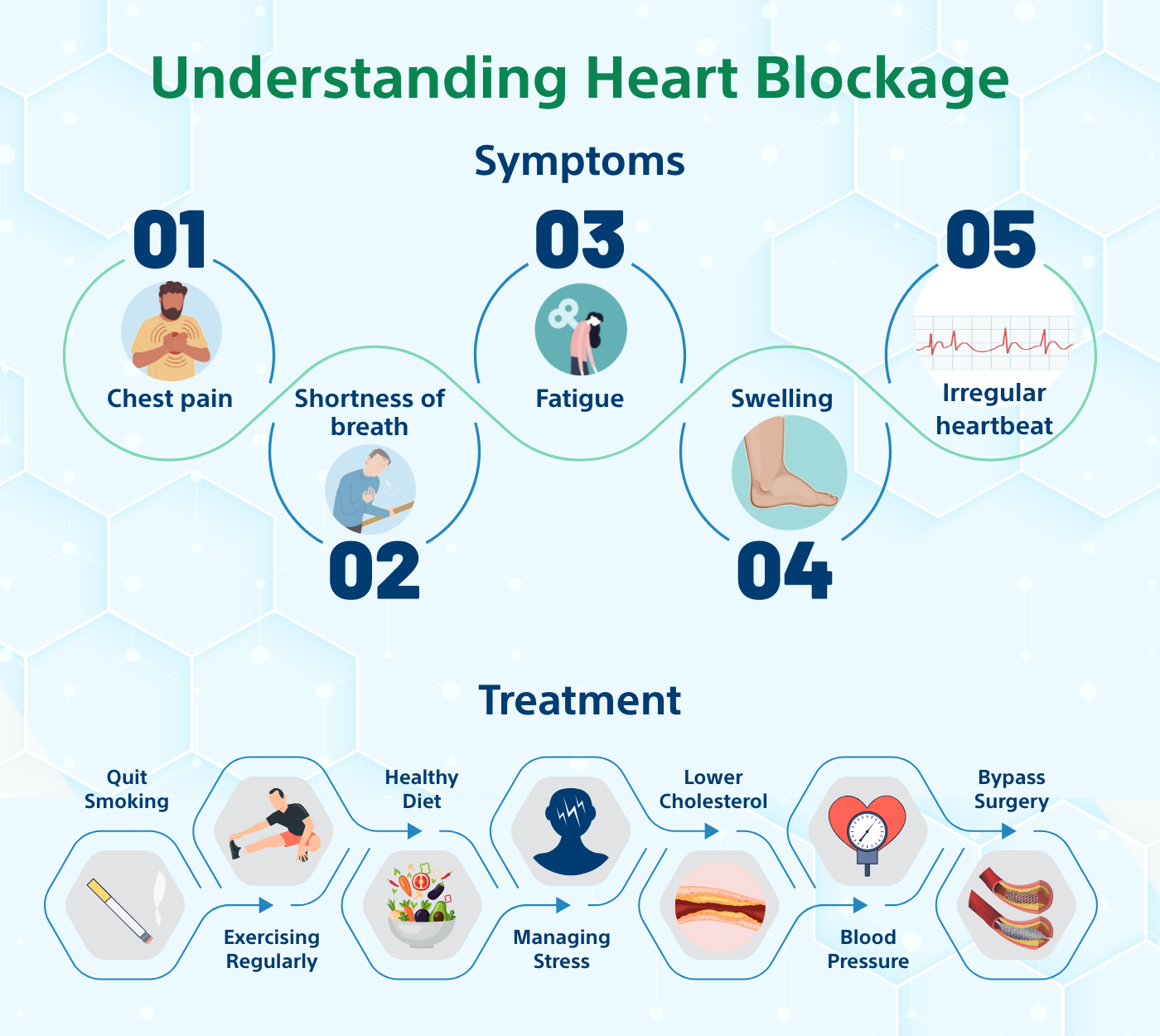Precision in Practice: Exploring the Intricacies of Rotational Atherectomy Procedures
Over the range of methods and clinical operations accessible, rotational atherectomy is outstanding for its accuracy and efficiency in managing complex coronary artery disease.
In this concise guide, we raise the curtain on
the Rotational
Atherectomy Procedure, shedding light on its intricate nature and possible
risks.
The Mechanics of Rotational Atherectomy
Atherectomy comes out as a process of rotation
due to its mechanical nature. Plaque debulking, or rotational atherectomy, uses
a high-speed catheter with modified and ablated calcified plaques within the coronary
artery. This technique aims to reopen the vessel, thus promoting effective
stent implantation in situations where a regular angioplasty
may not be entirely sufficient.
The process starts with the placement of a
guiding catheter into the coronary artery under fluoroscopic
guidance. Upon posting, a specific guiding wire which is furnished with a
diamond-coated burr after that transect across the lesion. The spinning
burr, therefore, tears away calcified plaque while giving minimal damage to the
adjacent vascular tissue. This painstaking procedure helps to prepare the
lesions carefully and thus allows contrast implementation in multiple segments
of a stenosed coronary artery, ensuring expansion and apposition of subsequent
stents.
Navigating Risks and Complications
Effective as rotational atherectomy may be, it
comes with its share of hazards. There can be several eventualities along
the procedure, involving vascular injury to distal embolization of plaque
debris.
Among the most critical risk for rotational atherectomy is coronary artery dissection, especially in heavily calcified lesions where foreseeable, by mistake, burr could penetrate beyond the vessel wall.
In addition, deploying high-speed rotational devices involves the possibility of entrapment or fracture in the coronary artery, demanding emergency intervention, hence leading to undesirable outcomes. Patient selection, lesion assessment, and operator skill will minimize these risks while achieving the desired result.
Optimizing Outcomes through Procedural
Planning
Pre-procedural planning contributes
significantly to procedures that aid in better outcomes optimization and
minimizing the risks
associated with rotational atherectomy. Accurate assessment of the
lesion morphology, plaque composition, and vessel diameter using advanced
imaging modalities such as IVUS or OCT is irreplaceable for optimal treatment
decision-making instruction choice strategy improvement in clinical practice.
In addition, the correct choice of burr size
and rotational speed is required to provide maximal lesion modification with
minimized complications risk. Collaboration between interventional
cardiologists, imaging specialists, and support staff is essential for flawless
execution of procedures and positive outcomes.
Enhancing Patient Safety Through Advanced
Imaging
IVUS and OCT imaging techniques used in rotational atherectomy are vital for improving patient safety during such operations. Such modalities provide immediate visualization of vessel anatomy, plaque burden, and lesion characteristics, enabling precise lesion assessment and guide optimal treatment.
If IVUS or OCT gets included in the procedural workflow, clinicians can
accurately assess lesion severity based on plaque components; furthermore,
stent apposition can be precisely evaluated, reducing even higher risk for
procedure-related problems such as stent malposition or edge
dissection. Further, intravascular imaging also enables the selection of
adequately sized burr and rotational speed to achieve effective plaque
modification without causing damage to the vessel.
Maximizing Procedural Success with Dual
Antiplatelet Therapy
In the course of rotational atherectomy, two
factors need to be considered. The first one is optimal medical management,
which should be implemented when trying to achieve procedural feats. Without
this, it will prove very difficult and, at times, impossible for an individual
or even health care provider who does not prioritize practicing administrative
measures as well due to either being applied to the patient before undertaking.
In this setting, dual antiplatelet
therapy (DAPT), comprising aspirin and a P2Y12 receptor inhibitor, is essential
in pharmacological treatment to prevent thromboembolic events and stent
thrombosis.
The duration and intensity of DAPT should vary based on patient-specific features, procedural difficulty, and propensity for bleeding. The current recommendations involve at least a year of DAPT after coronary stenting with an extension to the period in patients who are identified as high risk. Nevertheless, the optimum length and drugs in antiplatelet agents still require further research and diverse treatment methods based on personalized characteristics.
Conclusion
Rotational atherectomy procedures require
attention to detail, combining technical skills, imaging techniques, and
patient management strategies. By focusing on it and emphasizing patient
safety, clinicians can confidently move within all the complexities involved in
this intervention, seeking the best possible outcomes while developing quality
care for composite coronary artery disease patients.
The specifics regarding rotational atherectomy
emphasize the necessity of coordination between interventional cardiologists,
imaging specialists, and support staff. Through continuous improvement of
procedural techniques, strict adherence to evidence-based guidelines, and
constant development in technology & pharmacotherapy, rotational
atherectomy will remain an integral part of the management strategies aimed at
providing challenging coronary lesions and effective treatment that leads to
better outcomes for these patients who can improve their quality life.



Comments
Post a Comment